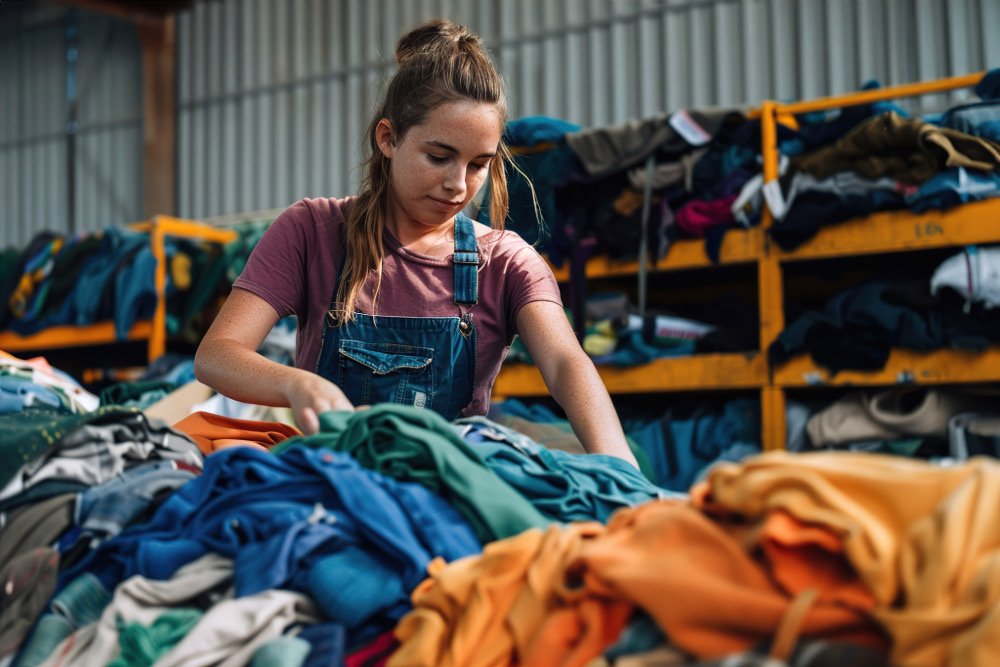An Expert Reveals How the Fashion Industry is Tackling Waste
The fashion industry, responsible for producing around 100 billion new garments annually, contributes to 10% of all greenhouse gas emissions, making it one of the largest contributors to global waste. With an increasing focus on sustainability and government-imposed targets, the industry is set to adopt new measures to address its waste output.
Scott Hawthorne from Skips & Bins, one of the UK’s leading skip hire companies, provides insight into how the fashion world plans to reduce waste.
Transition to Sustainable Materials
A major issue in the fashion waste cycle is the non-recyclability of many materials used by manufacturers, which significantly contribute to landfills. Data indicates that as much as 300,000 tonnes of old clothes end up in household rubbish bins, with around £140 million worth of clothing going to landfills each year. To combat this, more fashion brands are moving towards sustainable and circular fashion cycles, focusing on the reuse and recycling of materials. Versatile fabrics such as organic hemp and linen, which can be grown in poor-quality soil and used in their entirety without waste, are becoming more prominent in the industry.
Emerging Technology to Optimize Processes
Adopting sustainable materials like cotton and nylon alternatives requires embracing technology to reduce environmental impacts. Automation tools and artificial intelligence (AI) are being used to optimize the delivery routes for materials and finished items. Additionally, robotics play a crucial role in the physical development of these new sustainable textiles.
A notable example is Orange Fiber, a company that bioengineers new materials by creating circular fabric from cellulose fibers derived from citrus pulp. Another innovation is Modern Meadow, which develops synthetic leather alternatives made with 90% sustainable content, offering stronger and lighter materials without using animal products.
Increased Focus on ESG
Environment, Social, and Governance (ESG) considerations are increasingly important for businesses to understand their impact on communities and the environment. This includes transparency in corporate practices, shareholder rights, internal controls, and fund allocation. Fashion brands are re-evaluating their ESG strategies. For instance, Patagonia announced in September 2022 that "the earth is now our sole shareholder," following the transfer of the Chouinard family's shares to the Patagonia Purpose Trust and the Holdfast Collective, aiming to reinvest profits into environmentally friendly practices.
In December 2023, H&M Group and BESTSELLER, in partnership with the Global Fashion Agenda (GFA) and Copenhagen Infrastructure Partners (CIP), announced plans to invest in an offshore wind project in Bangladesh, expected to reduce emissions by around 725,000 tonnes by 2028.
Path to Sustainability
Although significant steps have been taken, the fashion industry's future relies on sustainability and a circular economy for products. As global targets for net zero emissions and waste reduction approach, more brands will engage with ESG strategies and invest in sustainable materials and technologies, balancing style with sustainability.
For more: Skip Sand Bins

